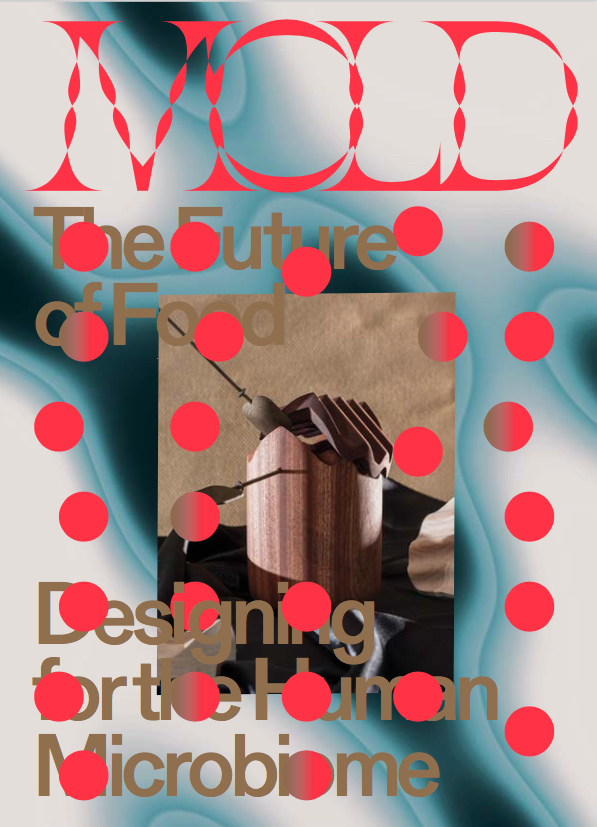 LinYee Yuan and Johnny Drain have a problem with the highly stylized “foodie culture,” especially in light of what they see as a “coming food crisis.” So they’ve taken their online platform into print, with Mold Magazine.
LinYee Yuan and Johnny Drain have a problem with the highly stylized “foodie culture,” especially in light of what they see as a “coming food crisis.” So they’ve taken their online platform into print, with Mold Magazine.
“They think that this fetishisation of the things we eat does little to curb an imminent food crisis, so their new project, Mold Magazine, wants to highlight the way design can offer solutions and affect positive change,” writes Grace Wang in Stack, which is carrying the new title.
“Print has a way of finding its audience in a more organic, and sometimes more personal way.”
Why print as a way to inform food design of the future? According to Yuan, it’s the medium itself that allows the story to unfold.
“Print offers a unique form of storytelling that invites an audience to consider text, art and materiality in a beautiful, compact format,” she explains. She didn’t feel that the online content was creating enough of a clear call to action for the food design industry.
“So the impetus behind Mold Magazine was to create an opportunity where we could do an in-depth exploration around a single idea,” Yuan continues. “Print has a way of finding its audience in a more organic, and sometimes more personal way. We wanted people to sit with the idea that they might be able to affect change in a really specific way and be inspired by the work that others are doing to create a more sustainable and resilient food system.”
It’s a perfect example of medium meeting mission, as Drain explains.
“There’s a lot of serious problems with how the world feeds itself at the moment — few but powerful agricultural stakeholders, prevalence of monocultures, water supplies, inefficient use of resources, skewed distribution of the food we’ve grown, quality/disparity of diets and malnutrition — it sounds dry, but it’s so important,” he writes.
“Much of Western food culture, despite its powerful voice and influence, doesn’t seem remotely concerned with those problems,” Drain continues. “We want to be part of the conversations that are focusing on how, in 5 or 50 or 150 years’ time, we can have made changes to ensure more people have diets that help them live well, without obliterating great swathes of the planet and its oceans.”
There is something remarkable about an industry at the cutting edge of science – sustainable food design – publishing on a lasting medium like print. As they seek to make lasting change in one aree, it makes perfect sense that they would look to print to help.
We wish them all the best; and check out Stack if you love magazines as much as we do. You’ll find some incredible indie titles there you might not see anywhere else.
